My Account Details

Language for Learning
Grades: PreK - 5
Language for Learning provides young learners with the knowledge and understanding of language they need to achieve proficiency and reading comprehension. This oral language program was designed for kindergarten and primary age school children, as well as English language learners, giving them a strong foundation for expressive and receptive language.
Program Details
The research-proven content of Language for Learning is based on analyses of the words, concepts, and sentence structures that are used for teaching, as well as an analysis of the directions and content of textbooks and other instructional materials in grades K-2.
Features and Benefits:
- Carefully organized sequences of daily exercises assure varied and thorough instructional delivery.
- Detailed and easy-to-follow teacher materials maximize instructional time spent with students.
- Additional resources such as picture cards, skills folders, and support for ELL students extend the program’s effectiveness to a wide range of young learners.
- Comprehensive tools for performance management, tracking, and assessment promote consistent achievement for all students in the program.
- A Fast Cycle option allows advanced students to move through the program at an accelerated rate to match their capabilities.
With the addition of technology-based resources for both student instruction and professional development, Language for Learning helps teachers optimize each minute spent in the classroom.
Resources
- Program Introduction from Teacher's Guide
- Placement Test
- Direct Instruction Teaching Method
- FCAT preparation resources for Language for Learning
- Language for Learning Home Connection Letters (English and Spanish)
- Printable Skills Profile Folder
- Ideas for Fun: Additional Program-Related Activities
- Letters to parents of students in Language for Learning
Sample Lessons
- Lesson 75 - Teacher's Presentation Book
- Lesson 1 - Teacher's Presentation Book
- Lesson 79 - Teacher's Presentation Book
- Lesson 147 - Teacher's Presentation Book
Scope and Sequence
Research Base
- Direct Instruction and Teaching of Early Reading
This report summarize some of the research supporting the use of Direct Instruction to teach early reading skills. It also discuss some of the barriers educators face when attempting to implement Direct Instruction, specifically proponents of whole language teaching. Finally, researchers describe schools and teachers in Wisconsin that have achieved excellent results with Direct Instruction and how this is changing the minds of many critics. - Special Education and Direct Instruction
Research shows strong evidence of success when Direct Instruction programs are used with students with special needs. In fact, Direct Instruction is one of only seven interventions proven effective (Forness, Kavale, Blum & Lloyd, 1997). With its research-supported design and systematic delivery, Direct Instruction is often referred to as a program for special education or at-risk students. - The Research Base and Validation of Direct Instruction Language Programs
This report shows the seventeen studies have been published in peer-reviewed journals, 16 of which were group design studies (pre-experimental, quasi-experimental, experimental) and one of which was single case (A-B). All examined the effectiveness of one or more of the Direct Instruction language programs across a wide variety of settings and populations. All studies are described in the narrative.
Evidence of Success
- Direct Instruction Drives Success for Bilingual Students at Houston Elementary School
This report shows the improved assessment scores of bilingual students at Houston Elementary School who use Language for Learning in the classroom - Success Begins Early at Alaskan Elementary School
This report shows the improved assessment scores of students at Big Lake Elementary School who use Language for Learning in the classroom. The number of at-risk students dropped significantly once this, along with several other McGraw-Hill Reading programs were implemented. - Title I Schools in North Carolina Meet All-State Reading Targets
This report shows how Brunswick County Schools met all Reading improvement and achievement goals the state set. This was in large part due to adoption of McGraw-Hill direct instruction programs. - Delano, California ELL Students Outscore District
ELL students at Fremont Elementary outperformed district comparisons in Reading scores after adopting McGraw-Hill direct instruction. - Milwaukee Elementary Nearly Doubles Reading Scores
This report shows drastic improvement in Reading assessment scores of students at Honey Creek Elementary School who use McGraw-Hill direct instruction in the classroom - Cleveland School Keeps Reading Mastery as Curriculum Core
This report shows improvement in Reading assessment scores of students at Louisa May Alcott Elementary School who use McGraw-Hill direct instruction in the classroom - Test Scores Transform Troubled School into National Model
This report shows drastic improvement in Reading assessment scores of students at Portland Elementary School who use McGraw-Hill direct instruction in the classroom - Phoenix Inner-City Students Strict Toward National Reading Average
This report shows how students at Wilson Primary School are using McGraw-Hill direct instruction in order to make significant gains in attaining the National Reading Average. - Commitment to Direct Instruction Increases Reading Scores at Cleveland School
This report shows how students at Daniel Morgan Elementary School are using McGraw-Hill direct instruction in order to make significant gains in Reading scores. - McGraw-Hill's Reading Programs Bring Increases in Baltimore's Scores
This report shows how students in Baltimore Public Schools are using McGraw-Hill direct instruction in order to make significant gains in Reading scores. - Direct Instruction Helps Milwaukee Schools Increase Reading Scores
This report shows drastic improvement in Reading assessment scores of students in Milwaukee Public Schools who use McGraw-Hill direct instruction in the classroom - Old West End Academy Grade 3 Students Score 100% on Ohio Reading Test
Students at Old West Academy attained a 100% proficiency level in Reading after adopting McGraw-Hill's direct instruction program. - California Blue Ribbon School Closes Achievement Gap
This report shows how the achievement gap has been closed at Richfield Elementary after students use McGraw-Hill direct instruction in the classroom. - California Reading First School Uses Direct Instruction as an Intervention Tool
This report shows the positive gains in using McGraw-Hill direct instruction as an intervention tool. Students at Santa Lucia Elementary School show a significant increase in English Language Development scores. - Horizons and Language for Learning Close Achievement Gap
This report shows how the achievement gap at Vallivue School District was closed among students with limited English proficiency after using Horizons and Language for Learning. - ELL and Struggling Students at Wisconsin District Build Literacy Skills with Direct Instruction
In this report, ELL and other students are shown to have significant increases in Reading scores in Waaue School District after implementing McGraw-Hill direct instruction.




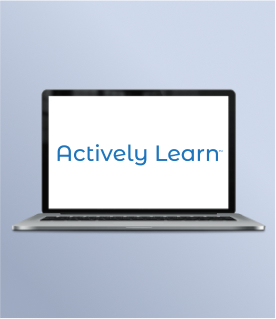





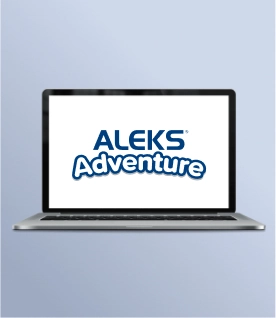
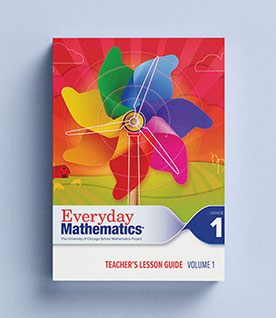

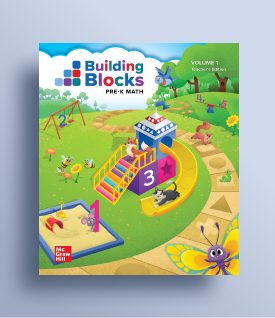















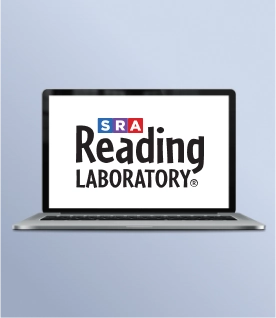

















Social Studies
View all Social Studies Programs
IMPACT (K–5)
Actively Learn (3–12)
New Social Studies (6–12)
Networks (6–12)